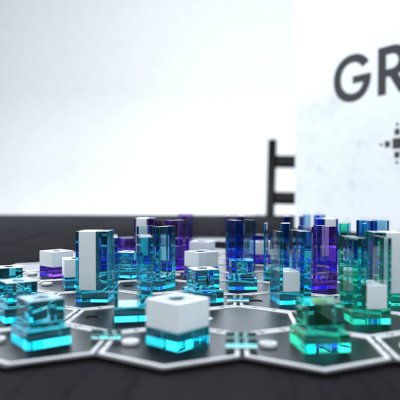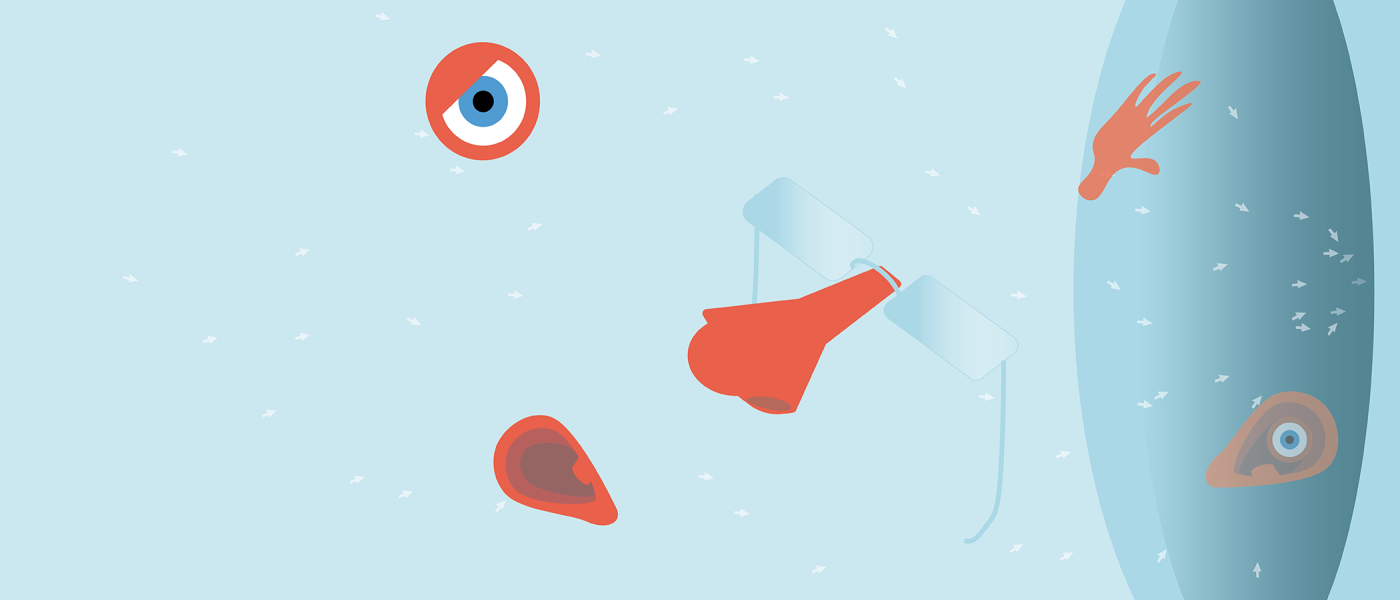Lost in Space
Eva Licht
Prof. Gert Trauernicht
Prof. Dr. Martina Fineder
Dipl. Des. Anne Kurth
2 20
4
Research- and Strategy Project
Contact evalicht@t-online.deHow We Can Find Our Way Around in Digital Spaces
As humans we have a strong instinct to feel safe and protected which is directly connected with our ability to orient ourselves in any situation. Locating objects, humans and places and putting them in relation to each other through the processes in our brains – such as perception, memory, and imagination – creates a room for interaction in which we know our way around and feel safe. If the opposite is the case, if we feel insecure, we tend to step back and keep our distance – the worst possible attitude for successful collaboration.
With digital collaboration we are present in two rooms at the same time. In one physically, with all senses and possibilities for action; in the other only mentally, an abstract space for interaction. But how does this abstract space for interaction come about and how can we orient ourselves in it? This question has been examined in detail over the past few months, with the result that firstly, we have to create something that offers us orientation and allows us to get to know the rules of this space.
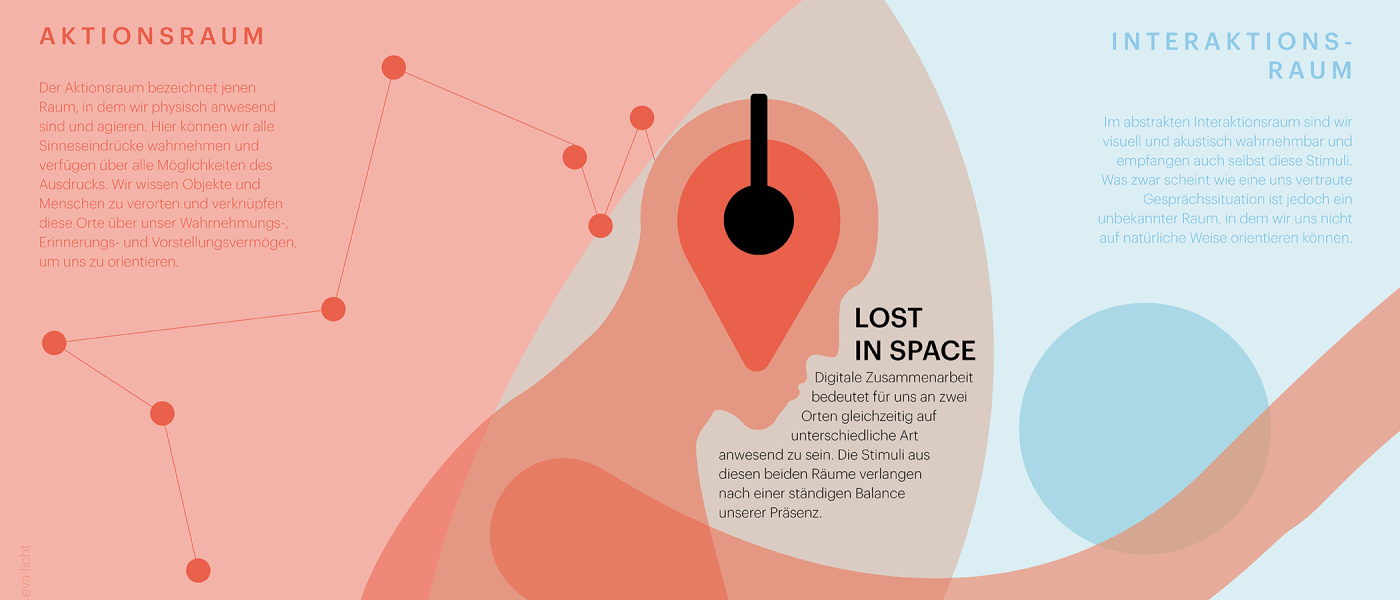
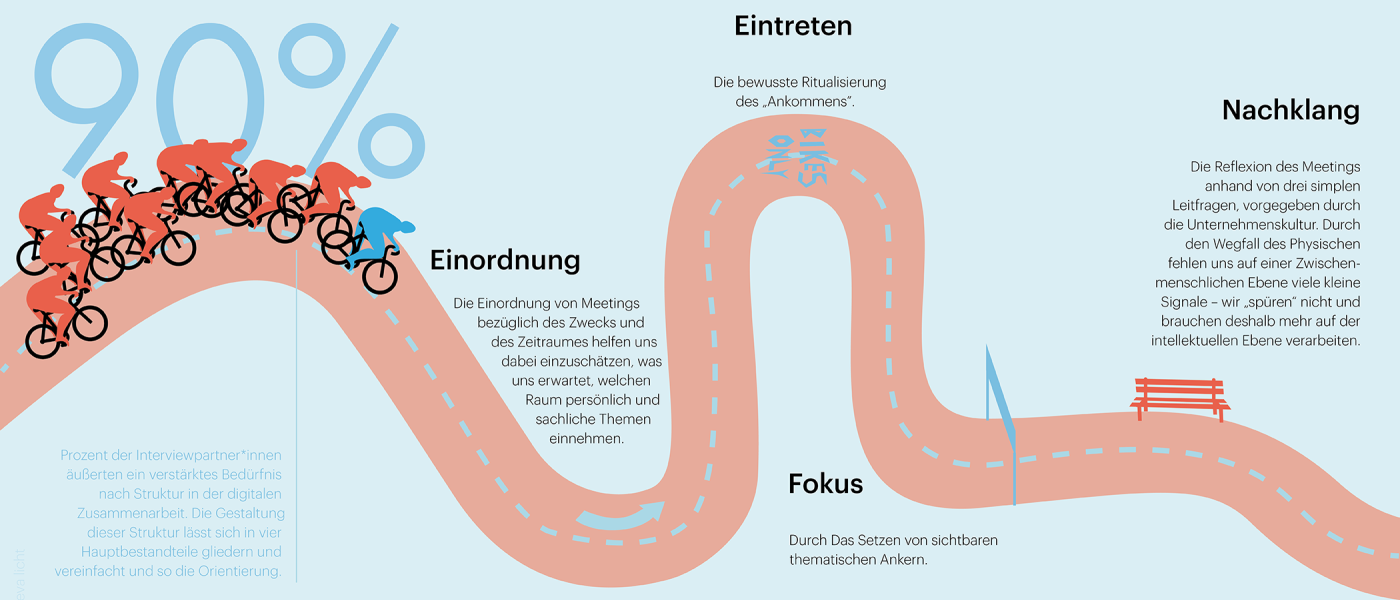
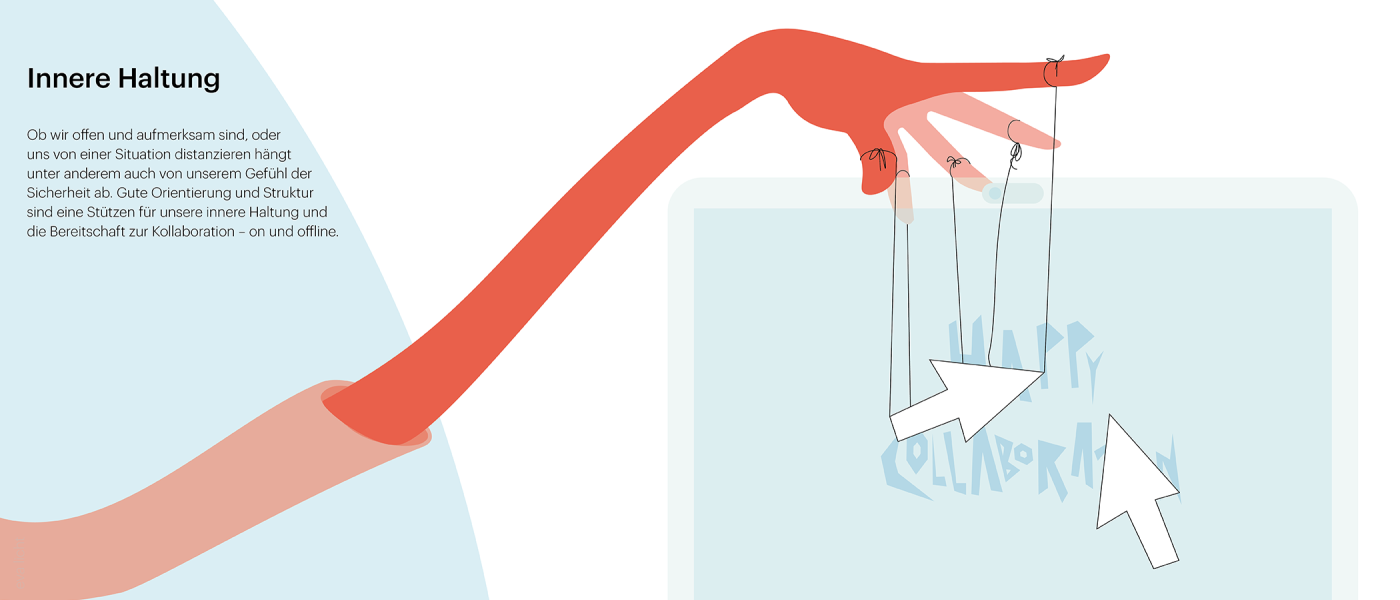
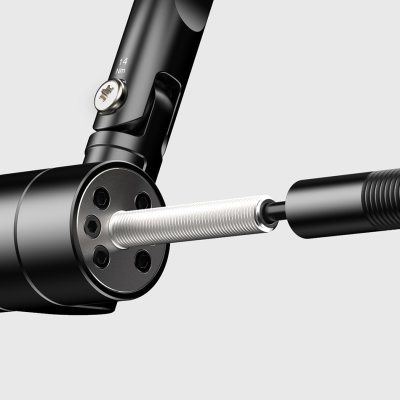
REAR
David Hrlic
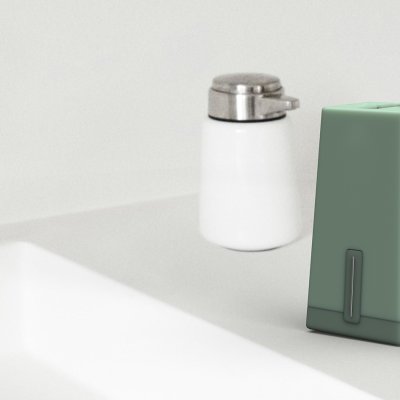
HD 6
Marie Lucienne Ibach
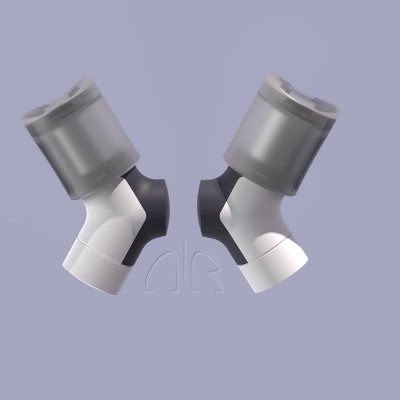
AIR
Ina van der Linde
